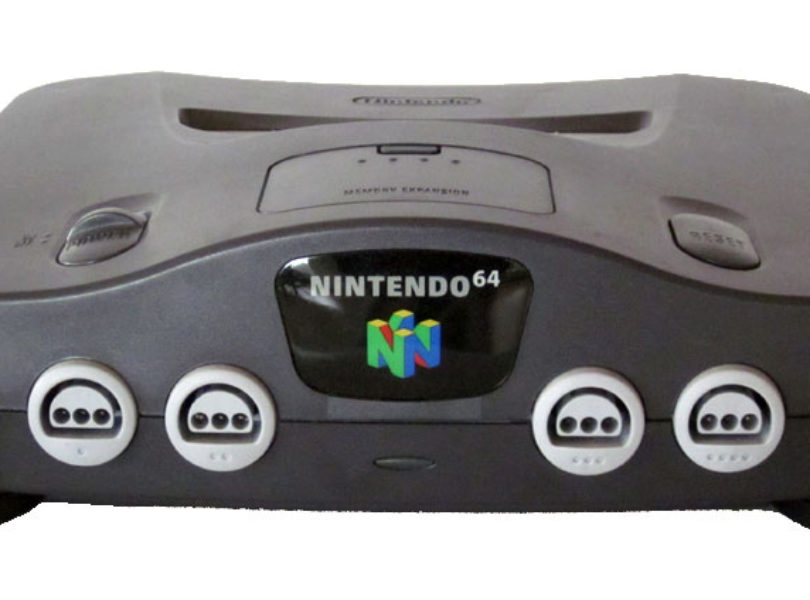On June 23rd, 1996, the Nintendo 64 went on sale in Japan.
The console, the last major home console to use the cartridge format for its games, is most remembered for its superb first- and second-party titles. Games like Super Mario 64, GoldenEye 007, Super Smash Bros., The Legend of Zelda: Ocarina of Time, and Banjo-Kazooie make up a small fraction of the great games available on the system.
The N64 was the follow-up to the Super Nintendo Entertainment System (SNES). Its primary competitors were the Sony PlayStation and the Sega Saturn. While technically superior to its competition graphically, it was severely hampered by Nintendo’s controversial decision to stick to the cartridge format. The PlayStation and Saturn, meanwhile, used the CD format for their games.
The decision to stick with cartridges was initially explained by Nintendo as the best way to make the games they envisioned. As Nintendo explained it, the lack of load times endemic to CDs at the time allowed for expansive worlds that could be explored at will with no pause. Indeed, games like Super Mario 64 and The Legend of Zelda: Ocarina of Time would be difficult to imagine with huge load times marring the entry into new areas.
The decision to stick with the cartridge format, however, did not please many third-party developers, many who believed the decision to be based on the massive royalties Nintendo received for cartridge licensing. Cartridge production was also way more expensive than it was for CDs; cartridges were more difficult to manufacture and had to be ordered in large lots, whereas the pressing of a CD was simple and could be done in smaller lots. Major publishers like Capcom and Konami shied away from the system, producing a small amount of titles for the Nintendo 64 in comparison to its CD-based competition. And the issue of cartridges and their shortcomings was reportedly the last straw for Nintendo stalwart SquareSoft, who abandoned publishing for the N64 altogether.
Despite these setbacks, the N64 was successful upon launch and remains beloved to this day. The console was home to many original concepts. The standard controller’s analog stick was revolutionary for its time, offering a better measure of control that standard d-pads could not. The N64 also introduced rumble with an add-on for the controller. Nintendo beefed up the system’s power with an Expansion Pak that doubled its RAM to 8MB. This allowed games like Donkey Kong 64 even better graphical fidelity.
And, of course, there were the games. There were only 388 games released for the console worldwide, far short of the almost 600 Sega Saturn or the over 3000 Sony PlayStation games, but some of them are revered as the best games of their generation or of all-time. The system is still loved today. I personally have an N64 connected to my HDTV and will play some Mario Kart 64 or Gauntlet Legends on occasion.
Happy birthday, Nintendo 64. Next year, you can drink legally.


